Home>diy>Building & Construction>How To Save Money On Building A House
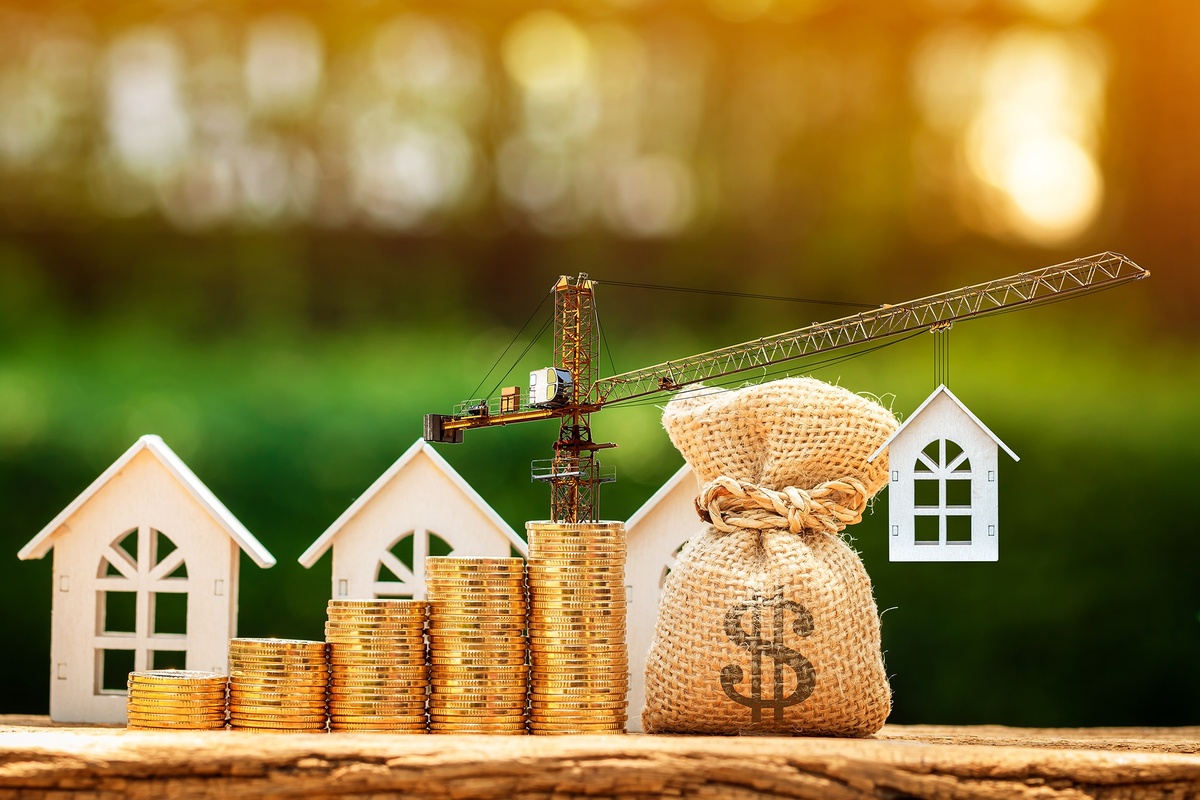

Building & Construction
How To Save Money On Building A House
Modified: January 7, 2024
Discover smart tips and tricks on how to save money on building a house. Learn cost-effective techniques for building construction and maximize your budget for a dream home.
(Many of the links in this article redirect to a specific reviewed product. Your purchase of these products through affiliate links helps to generate commission for Storables.com, at no extra cost. Learn more)
Introduction
Building your dream home is an exciting and fulfilling endeavor. However, the cost of construction can often cause major financial strain. Luckily, there are several strategies you can employ to save money on building a house without compromising on quality. By conducting thorough research, making informed decisions, and employing cost-effective methods, you can make your dream home come true while staying within your budget.
In this article, we will explore various ways to save money on building a house. From finding affordable land to choosing the right construction materials, we will guide you through the process of cost-effective home building. So, let’s dive in!
Key Takeaways:
- Thorough research, smart planning, and strategic decision-making are essential for building a cost-effective dream home. From finding affordable land to choosing the right construction materials, every step can contribute to significant savings without compromising quality.
- Incorporating energy-efficient features, exploring financing options, and making informed decisions during the building process are crucial for staying within budget. By maximizing cost-saving strategies and embracing the journey, building a dream home can become a reality without breaking the bank.
Read more: How To Save Money On Thermostat
Research and Planning
Before embarking on any construction project, thorough research and planning are essential. This stage will lay the foundation for a successful and cost-effective build.
Start by researching local building codes, zoning regulations, and permit requirements in your area. Understanding these guidelines will help you avoid costly mistakes and delays. Additionally, it’s important to research the average cost of building a house in your region to establish a realistic budget.
Next, carefully plan the layout and design of your home to maximize space and functionality. Consider consulting with an architect or a professional designer who can help you create a cost-effective floor plan that meets your needs and budget.
During the planning stage, consider factors such as the number of rooms, bathrooms, and overall square footage. It’s also essential to think about future needs, such as potential additions or renovations. Taking these factors into account early on will help you make informed decisions throughout the construction process.
Additionally, research the local market for construction materials, labor costs, and available contractors. Obtaining multiple quotes and comparing prices can save you significant amounts of money. Don’t hesitate to ask for recommendations or references from friends, family, or professionals in the industry.
By investing time into thorough research and planning, you will lay the groundwork for a smooth building process while ensuring that your budget is maximized.
Finding Affordable Land or Property
One of the most significant expenses in building a house is the cost of land or property. Finding affordable land can significantly reduce your overall construction budget. Here are some tips to help you find affordable land:
- Consider location: Look for areas that are still developing or have lower property values. These locations may offer more affordable land options.
- Expand your search: Don’t limit your search to popular or trendy areas. Look for land in neighboring towns or rural areas, which can often be more affordable.
- Look for distressed properties: Properties that have been on the market for a while or require repair can often be purchased at a lower price.
- Auction and foreclosure properties: Keep an eye out for land or properties that are being auctioned or have gone into foreclosure. These can sometimes be purchased at a fraction of their market value.
- Consider subdivision properties: Subdivisions often offer smaller, more affordable lots. While the land may be smaller, it can help save on costs.
- Collaborate with others: Consider purchasing land with family or friends. This way, you can split the costs, making it more affordable for everyone involved.
Furthermore, don’t forget to factor in other costs associated with the land, such as surveying, soil testing, and utility connections. Understanding these additional expenses will allow you to allocate your budget effectively.
Overall, by thinking outside the box and exploring various options, you can find affordable land or property that meets your needs without breaking the bank.
Choosing the Right House Design
The house design you choose plays a significant role in determining the cost of construction. By selecting a design that is both aesthetically pleasing and cost-effective, you can maximize your savings. Here are some tips for choosing the right house design:
- Keep it simple: Opt for a simple and straightforward design that requires fewer materials and labor. Intricate architectural features and complex floor plans can significantly increase construction costs.
- Consider size: The size of the house impacts not only the construction costs but also ongoing expenses such as energy bills and maintenance. Assess your needs realistically and choose a size that fits your lifestyle without excess space.
- Minimize waste: Choose a design that minimizes waste during the construction process. For example, rectangular or square-shaped homes tend to be more efficient and less wasteful than irregularly shaped structures.
- Open floor plans: Open floor plans not only create a sense of spaciousness but also reduce the need for walls and partitions, resulting in cost savings.
- Energy efficiency: Consider incorporating energy-efficient features and design elements into your house plan. This can include ample natural lighting, proper insulation, and the use of energy-saving appliances. Although these features may have an initial cost, they can lead to long-term savings.
- Adaptability: Choose a design that can adapt to your future needs. This eliminates the need for costly renovations or additions down the line.
When selecting a house design, consult with architects or home designers who have experience in cost-effective construction. They can provide valuable insights and recommendations based on your budget and preferences.
Remember, a well-chosen house design not only aligns with your vision but also helps you save money throughout the construction and the life of the house.
Cost-effective Construction Materials
Choosing the right construction materials is crucial for building a house within your budget. By selecting cost-effective materials, you can save significantly on your construction expenses. Here are some tips for choosing cost-effective construction materials:
- Comparison shopping: Obtain quotes from different suppliers and compare prices for materials such as lumber, roofing, windows, and flooring. This will help you identify the most affordable options without compromising on quality.
- Consider alternative materials: Explore alternative materials that offer similar functionality but at a lower cost. For example, vinyl siding can be a more affordable option compared to traditional brick or stone.
- Reclaimed or recycled materials: Consider using reclaimed or recycled materials whenever possible. These materials are often more affordable and environmentally friendly.
- Quality over quantity: Invest in high-quality materials that offer durability and longevity. While the upfront cost may be higher, you will save money in the long run by avoiding frequent repairs or replacements.
- Utilize standard sizes: Opt for materials that come in standard sizes to avoid additional cutting or customization costs.
- Consider pre-fabricated materials: Pre-fabricated materials, such as wall panels or roof trusses, can be more cost-effective compared to custom-built components.
- Energy-efficient materials: Select materials that offer energy efficiency benefits, such as insulated windows or energy-efficient appliances. These materials may have a higher upfront cost but can lead to long-term savings on utility bills.
- Local materials: Explore locally sourced materials, as they tend to be more affordable due to reduced transportation costs.
When choosing construction materials, it’s important to strike a balance between cost and quality. Consult with builders and suppliers who can offer expert advice on cost-effective options while meeting your desired specifications.
By being mindful of the materials you choose, you can save money on your construction expenses without compromising on the overall quality of your house.
Read more: How To Save Money On A Renovation
Budgeting for Labor and Permits
When building a house, labor costs and permits are significant factors that can impact your budget. Proper budgeting for labor and permits is crucial to ensure that you stay within your financial limits. Here are some tips for budgeting for labor and permits:
- Obtain multiple quotes: Get quotes from different contractors to compare labor costs. This will help you identify competitive rates without compromising on quality. Make sure to check references and reviews to ensure you’re hiring a reliable and reputable contractor.
- Be transparent about your budget: Communicate your budget limitations to the contractors. This will help them tailor their services accordingly and offer cost-effective solutions.
- Consider partially DIY projects: Some tasks, such as painting or landscaping, can be done by yourself or with the help of friends and family. By taking on specific tasks, you can reduce labor costs.
- Research permit requirements and fees: Contact your local building department to understand the permit requirements and associated fees. Allocate a portion of your budget for acquiring the necessary permits.
- Stay organized with paperwork: Keep track of all permits, licenses, and contracts to avoid any unexpected expenses or delays.
- Plan for contingencies: Set aside a contingency fund to account for any unforeseen expenses that may arise during the construction process. It’s recommended to allocate around 10% of your budget for contingencies.
- Monitor progress closely: Stay proactive and involved in the construction process to ensure that the labor and materials are being utilized efficiently. Regular communication with your contractor will help you identify any potential cost-saving opportunities.
- Consider phased construction: If your budget is limited, you can consider dividing the construction into phases. This allows you to complete the most essential parts of the house first and allocate additional funds for subsequent phases.
By carefully budgeting for labor and permits, you can prevent cost overruns and manage your expenses effectively. Remember to be diligent in your research and negotiation to secure the best possible rates from contractors and ensure compliance with all necessary permits and regulations.
Consider using energy-efficient materials and appliances to save money on long-term utility costs. Additionally, try to do some of the labor yourself or hire local, independent contractors to save on construction costs.
Managing Construction Costs
Managing construction costs is essential to stay within your budget while building a house. Careful planning and implementing cost-saving strategies can help you effectively manage expenses. Here are some tips for managing construction costs:
- Create a detailed budget: Establish a comprehensive budget that outlines all the expected costs, including materials, labor, permits, and contingency funds. Keep track of all the expenses to ensure you stay within your allocated budget.
- Regularly review and adjust the budget: As the construction progresses, review your budget on a regular basis and make necessary adjustments. Identify areas where you can cut costs or reallocate funds to stay on track.
- Value engineering: Work with your architect or contractor to identify value engineering opportunities. Value engineering involves finding cost-effective alternatives or design modifications that provide the same functionality and quality but at a lower cost.
- Efficient scheduling: Develop a well-planned construction schedule to avoid delays, as they can lead to additional expenses. Efficient scheduling ensures that labor and materials are utilized effectively, reducing costs associated with idle time or rush orders.
- Vendor and contractor negotiations: Negotiate prices with suppliers and contractors to secure the best possible rates. Don’t hesitate to compare quotes and ask for discounts or bulk purchasing opportunities.
- Avoid scope changes: Minimize scope changes during construction, as they can lead to additional costs. Clearly communicate your requirements and make design decisions early in the process to avoid expensive changes down the line.
- Quality control: Ensure that the workmanship and materials meet the agreed-upon quality standards. Poor quality work may require rework and additional expenses, so it’s crucial to monitor and address any quality issues promptly.
- Regular communication with the contractor: Maintain open and transparent communication with the contractor throughout the construction process. Regularly discuss the budget and progress, ensuring that both parties are aligned in managing costs.
- Reuse and recycle: Whenever possible, reuse construction materials from demolition or other projects. Recycling materials can help save on costs and reduce waste.
- Smart technology integration: Integrate smart technology and energy-efficient systems into your house. Although there may be an initial cost, these technologies can result in long-term savings on utility bills and maintenance.
By implementing these strategies and closely managing construction costs, you can ensure that your project stays within budget while still achieving your desired outcomes.
Making Smart Decisions during the Building Process
The building process is a critical phase where smart decisions can significantly impact both the quality and cost of your project. By making informed choices, you can optimize your budget and create a home that meets your needs and preferences. Here are some tips for making smart decisions during the building process:
- Stick to the plan: Once you have finalized the design and made important decisions, try to avoid unnecessary changes. Changes during construction can disrupt the workflow and lead to additional expenses.
- Choose durable and low-maintenance materials: Opt for materials that are durable and require minimal maintenance. This will help you save money on repairs and replacements in the long run.
- Insist on quality workmanship: Ensure that the construction team follows best practices and maintains high-quality workmanship. Poor-quality work can lead to costly repairs down the line.
- Consider long-term implications: Think beyond the immediate construction phase and consider the long-term implications of your decisions. For example, investing in energy-efficient systems or insulation may have upfront costs but can result in significant savings on utility bills over time.
- Take advantage of natural resources: Consider utilizing natural resources to reduce energy consumption and costs. Position windows strategically to maximize natural lighting and incorporate passive heating and cooling techniques.
- Explore alternative construction methods: Research alternative construction methods that may offer cost savings and environmental benefits, such as modular or prefabricated construction.
- Be mindful of structural changes: Structural changes during construction can be expensive. If possible, avoid significant alterations to the initial design unless they are absolutely necessary.
- Invest in energy-efficient appliances: Choose energy-efficient appliances that can help reduce your energy consumption and lower utility bills. Look for appliances with the ENERGY STAR label.
- Plan for future expansions: If you anticipate future expansions or additions, plan for them during the construction phase. This will help you save on future construction costs by avoiding expensive modifications.
- Seek professional advice: Consult with professionals such as architects, designers, and contractors who can provide expert advice and guidance. Their experience and knowledge can help you make informed decisions and avoid costly mistakes.
By making smart decisions during the building process, you can optimize your budget, ensure quality construction, and create a home that meets your vision while maximizing cost savings.
Energy Efficiency and Cost Savings
When building a house, incorporating energy-efficient features can lead to significant cost savings over time. By implementing strategies to improve energy efficiency, you can reduce your utility bills and create a more environmentally friendly home. Here are some tips for maximizing energy efficiency and cost savings:
- Insulation: Ensure that your house is well-insulated to minimize heat loss during winter and heat gain during summer. Proper insulation can significantly reduce your heating and cooling costs.
- Energy-efficient windows: Install windows with high thermal performance ratings to minimize heat transfer. Double-glazed or Low-E windows can help keep your home comfortable while reducing energy consumption.
- Efficient lighting: Use energy-efficient lighting options such as LED bulbs. LED lights consume less energy and have a longer lifespan compared to traditional incandescent bulbs.
- Smart thermostats: Install programmable or smart thermostats that allow you to schedule and monitor your heating and cooling systems. This helps you optimize energy usage and reduce unnecessary costs.
- Energy-saving appliances: Invest in energy-efficient appliances, such as refrigerators, dishwashers, and washing machines. Look for appliances with high ENERGY STAR ratings to minimize electricity usage.
- Natural lighting: Design your home to maximize natural lighting and reduce the need for artificial lighting during the day. Well-placed windows and skylights can help minimize reliance on electrical lighting.
- Solar panels: Consider installing solar panels to harness renewable energy and reduce your dependence on the grid. Solar power can generate significant long-term savings on electricity bills.
- Water-efficient fixtures: Install water-efficient fixtures, such as low-flow toilets, faucets, and showerheads. These fixtures can help conserve water and reduce utility costs.
- Proper ventilation: Ensure your home has adequate ventilation to promote air circulation and maintain indoor air quality. Proper ventilation helps regulate temperature and reduces the need for excessive heating or cooling.
- Smart home automation: Utilize smart home automation systems to control and optimize energy usage. These systems allow you to remotely manage lighting, temperature, and other energy-consuming devices.
By implementing energy-efficient strategies during the construction phase, you can reduce your environmental impact and save on long-term operating costs. Investing in energy efficiency not only benefits your wallet but also contributes to a greener and more sustainable future.
Read more: How To Save Money On Home Renovation
Financing Options and Loans
Building a house requires substantial financial resources, and understanding your financing options is crucial. Here are some common financing options and loans to consider when building a house:
- Mortgage loan: A mortgage loan is a common option for financing a new home construction. It allows you to borrow funds from a lending institution based on the value of the property. There are various types of mortgage loans available, such as fixed-rate mortgages, adjustable-rate mortgages, and government-backed loans like FHA or VA loans.
- Construction loan: A construction loan is specifically designed to finance the construction of a new home. The loan is typically disbursed in stages as construction progresses. Once the construction is complete, the loan is converted into a traditional mortgage loan.
- Home equity loan or line of credit: If you already own a property with equity, you can consider a home equity loan or line of credit. This allows you to borrow against the equity in your current property to fund the construction of your new home.
- Builder financing: Some builders offer financing options directly to their clients. This can be a convenient option as the builder is familiar with the construction process and can tailor the financing to your specific needs.
- Personal savings: Utilizing personal savings is a common method of financing home construction. This option eliminates the need for loan repayment, but it’s important to ensure you have enough savings to cover construction costs and contingency expenses.
- Government programs: In some countries, there are government programs or incentives available to support new home construction. These programs may offer favorable loan terms, grants, or tax credits to encourage homeownership and construction.
- Partnership or joint venture: Another financing option is entering into a partnership or joint venture with individuals or entities who are willing to invest in your project. This involves sharing the costs and potential profits with your partners.
When considering financing options, it’s essential to research and compare interest rates, terms, and associated fees. Consult with financial advisors and mortgage lenders to determine the best option that aligns with your financial goals and construction plans.
Remember, it’s important to have a realistic understanding of your budget and repayment capabilities when taking on any form of financing or loan. A thorough financial assessment will help you make informed decisions and ensure a smooth construction process.
Final Thoughts and Conclusion
Building a house is an exciting and rewarding undertaking, and with careful planning and cost-saving strategies, you can navigate the process while staying within your budget. By conducting thorough research, making informed decisions, and implementing energy-efficient practices, you can achieve your dream home without breaking the bank.
During the research and planning phase, spend time understanding local building codes, permit requirements, and average construction costs. This knowledge will help you set a realistic budget and avoid costly surprises down the road. Explore different options for affordable land or property, and choose a house design that is both cost-effective and meets your needs.
When it comes to construction materials, compare prices, consider alternatives, and prioritize quality. Budgeting for labor and permits is crucial, so obtain multiple quotes, communicate your budgetary constraints, and stay organized with paperwork. Throughout the building process, make smart decisions that align with your long-term goals, such as incorporating energy-efficient features and thinking about future expansions.
When managing construction costs, regularly review and adjust your budget, negotiate prices, and stay proactive in monitoring progress. By maximizing energy efficiency and implementing cost-saving measures, you can reduce long-term utility expenses and contribute to a more sustainable future.
Explore various financing options, such as mortgage loans, construction loans, or home equity loans, and choose the option that best suits your financial situation. Remember to consult with financial advisors and compare interest rates and terms to make an informed decision.
In conclusion, building a house on a budget requires careful planning, research, and decision-making. By following the tips and strategies outlined in this article, you can navigate the construction process while saving money and creating your dream home. Embrace the journey, be flexible, and always prioritize quality and long-term value. With the right mindset and approach, your dream home can become a reality without breaking the bank.
Frequently Asked Questions about How To Save Money On Building A House
Was this page helpful?
At Storables.com, we guarantee accurate and reliable information. Our content, validated by Expert Board Contributors, is crafted following stringent Editorial Policies. We're committed to providing you with well-researched, expert-backed insights for all your informational needs.

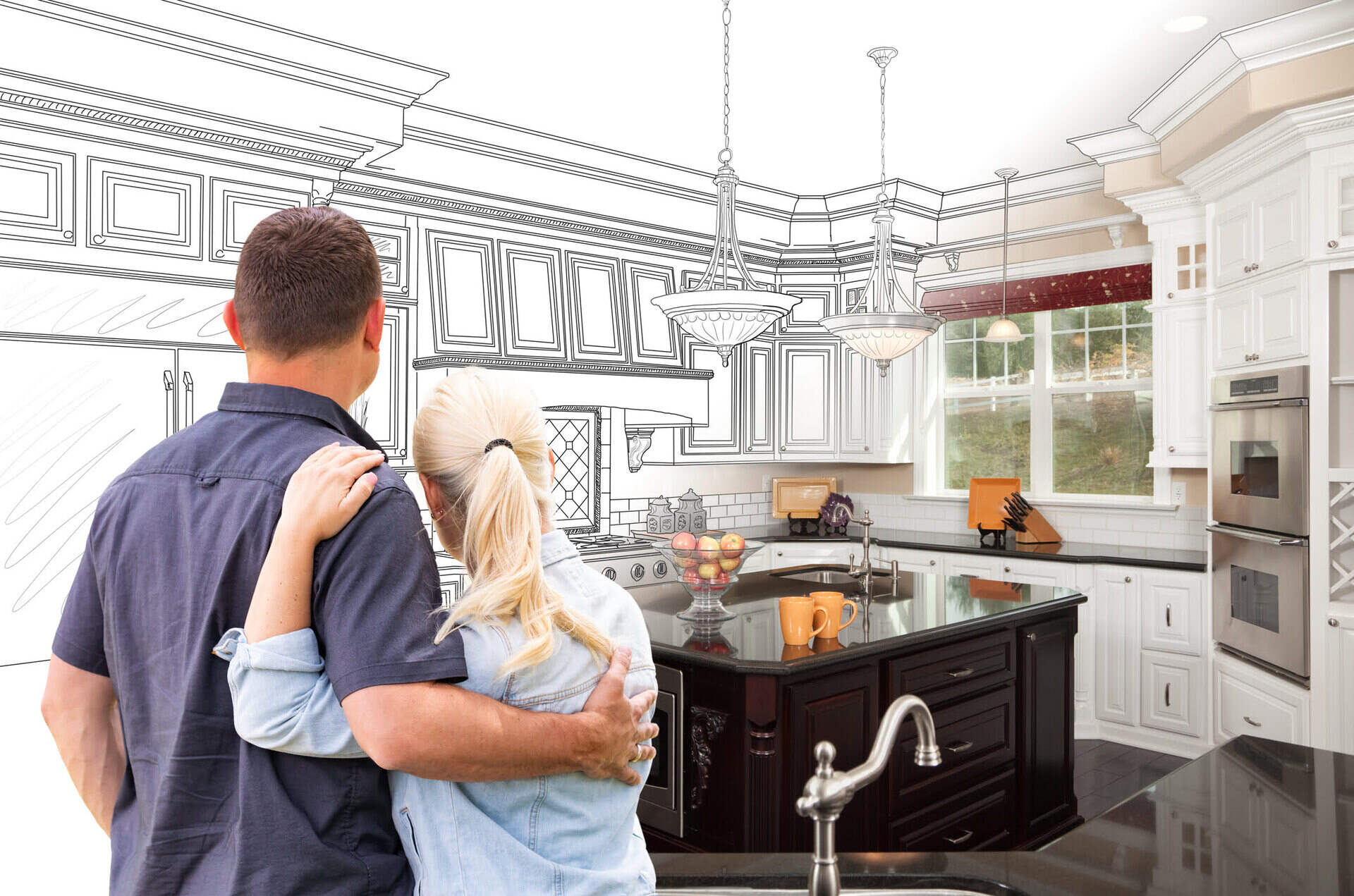
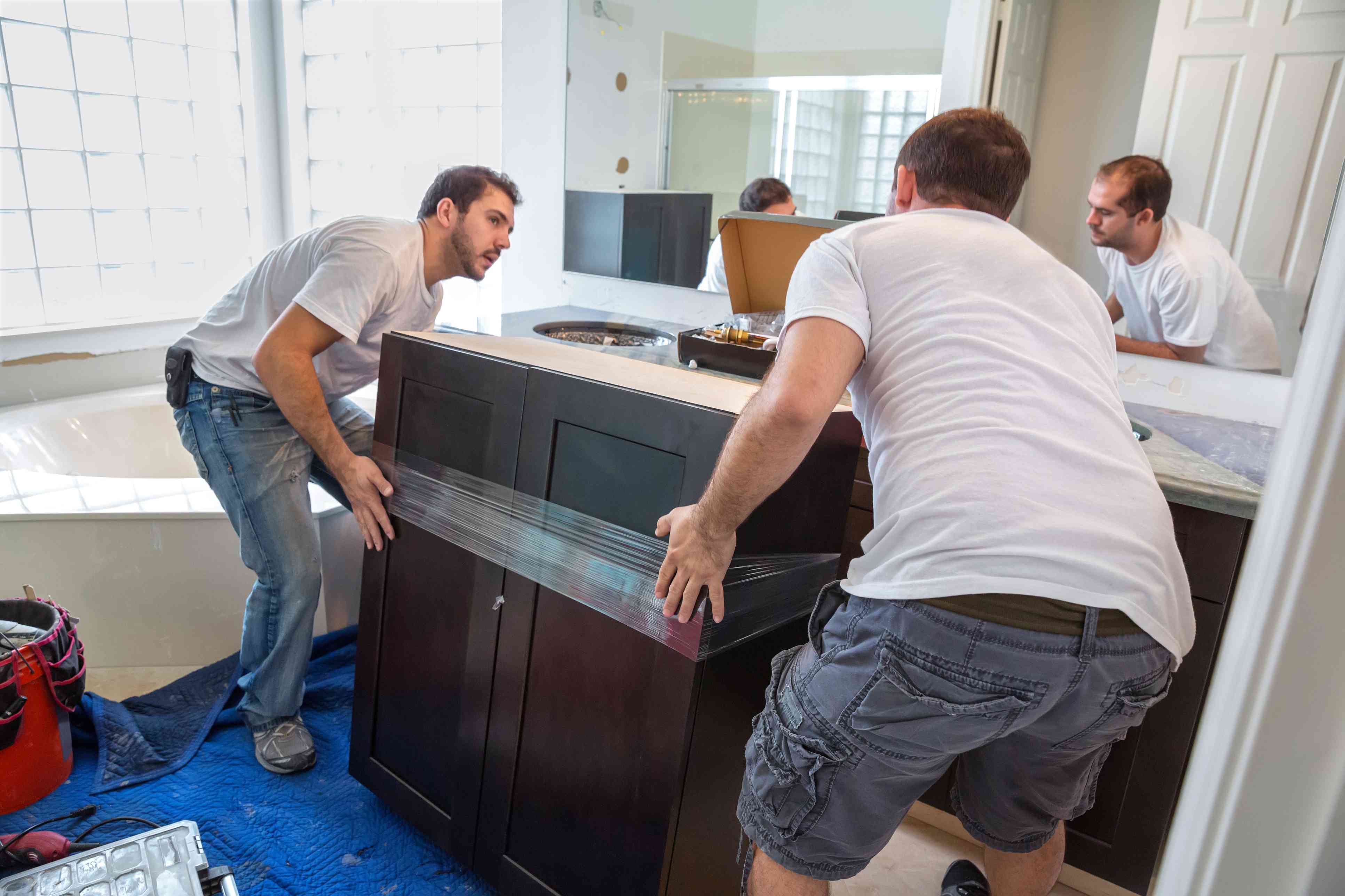




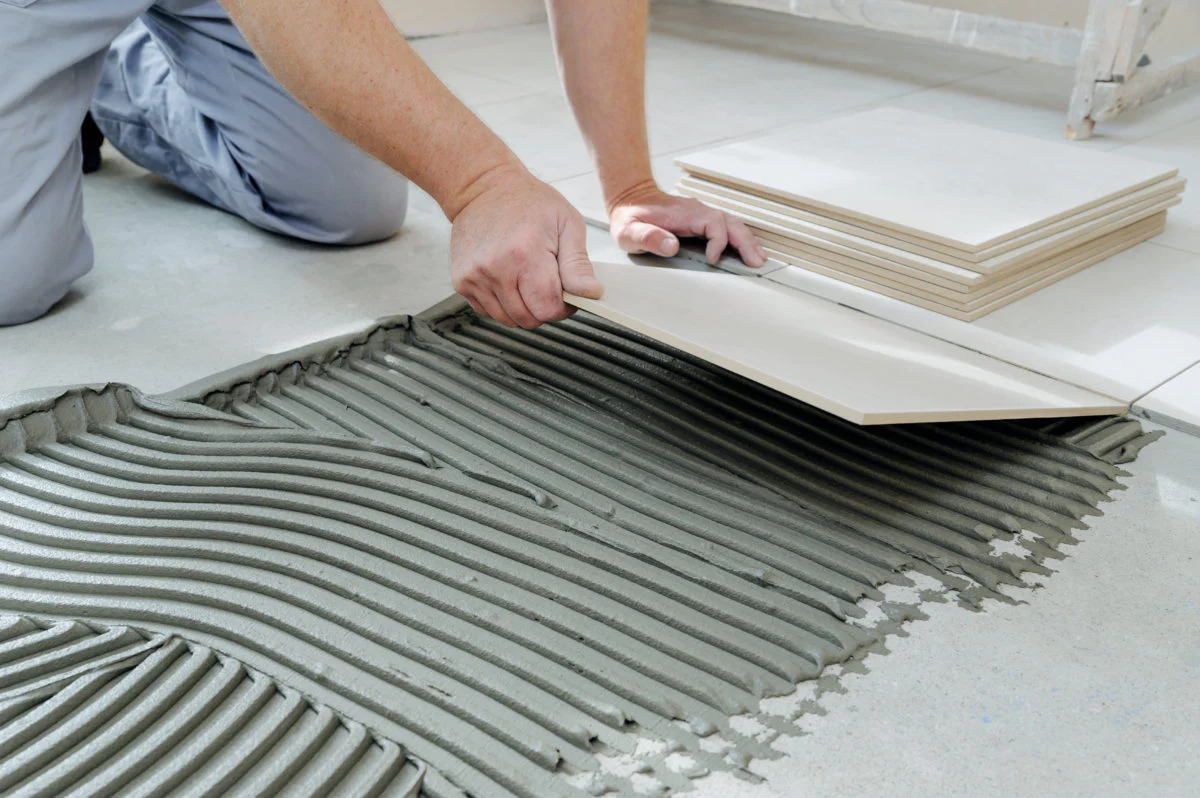
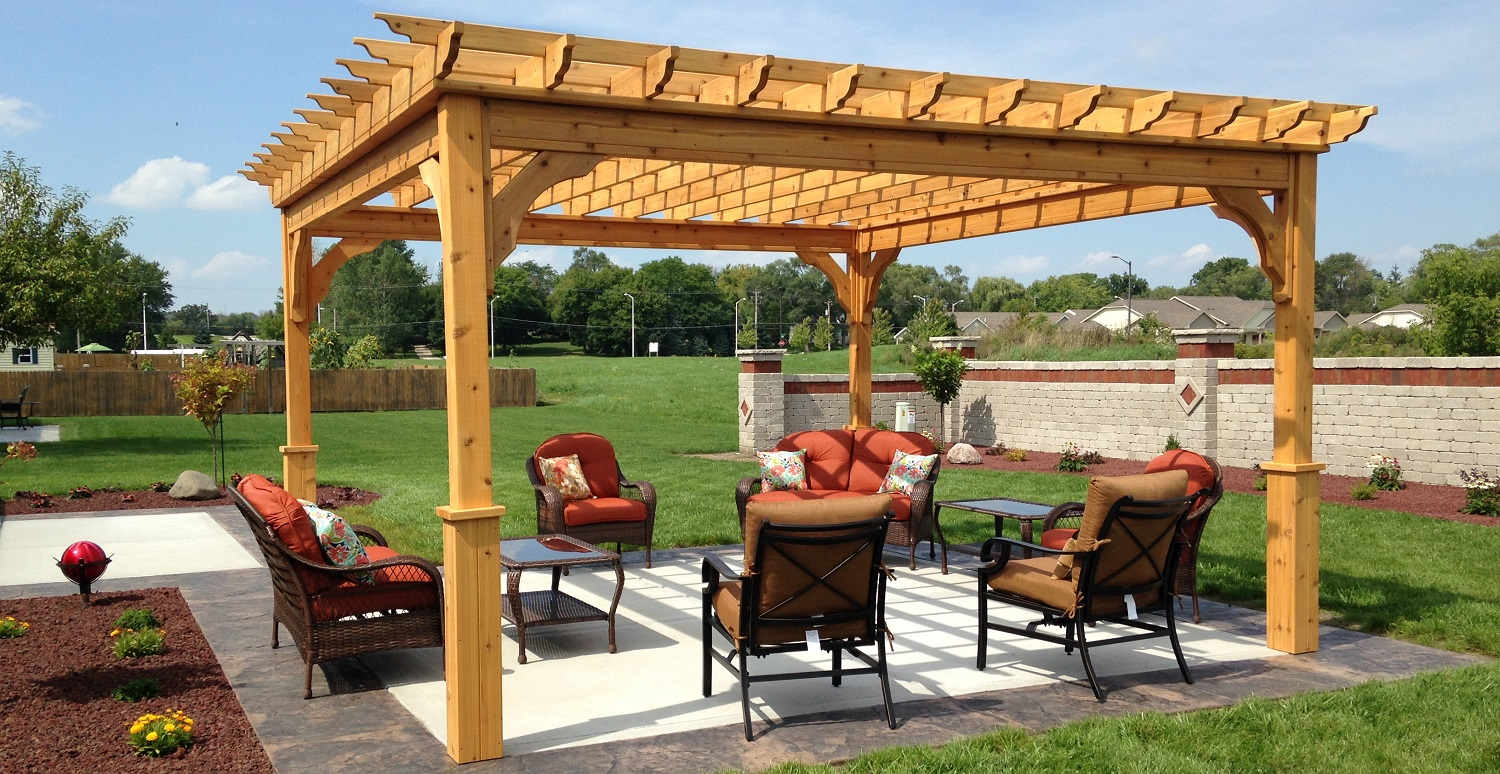
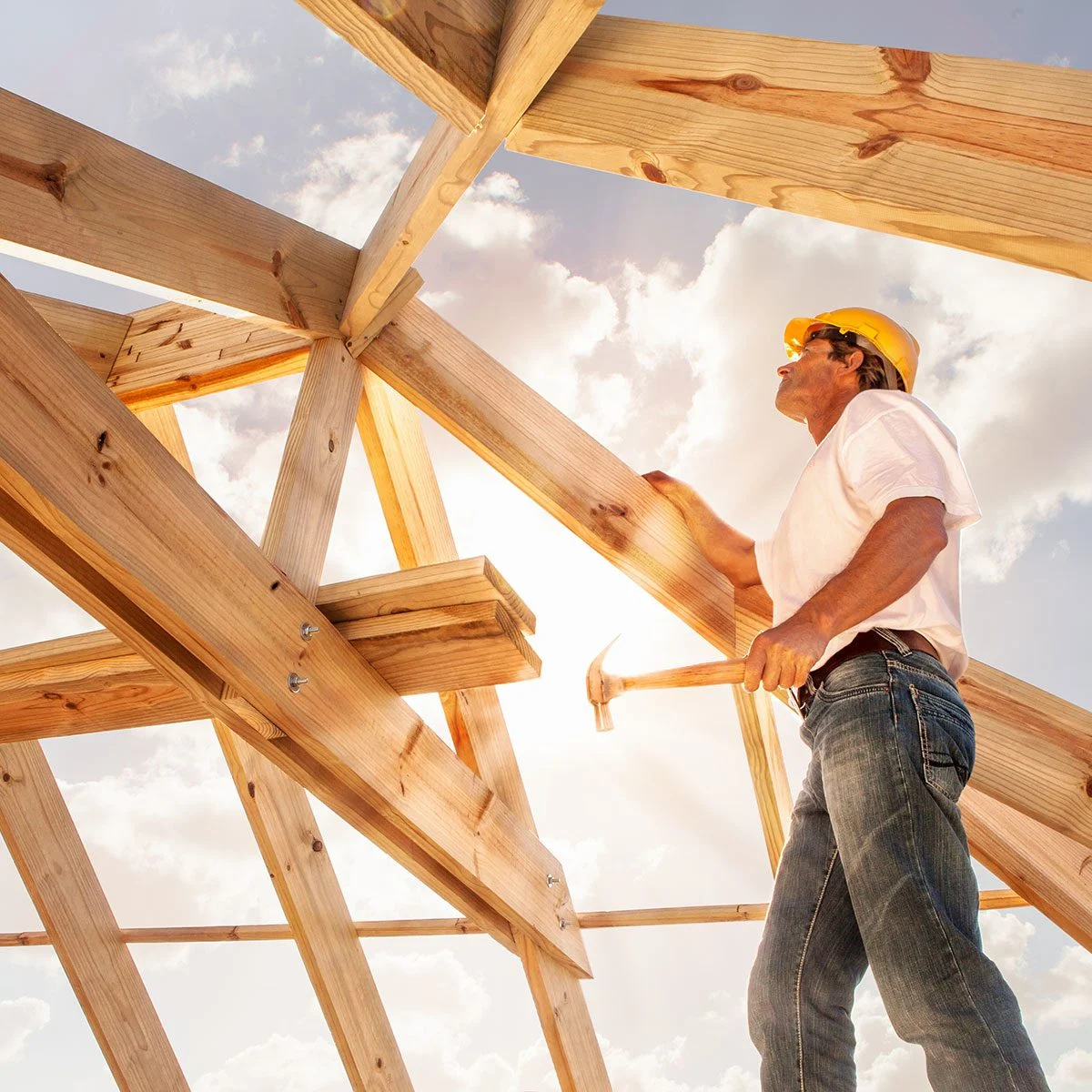
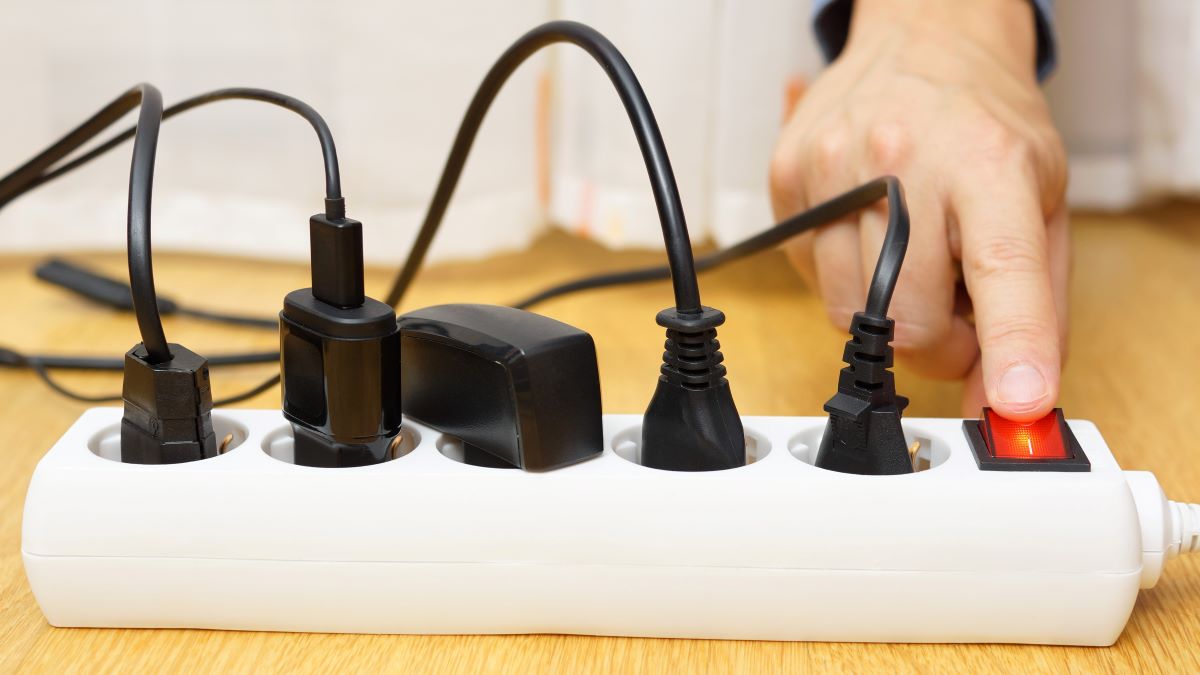



0 thoughts on “How To Save Money On Building A House”